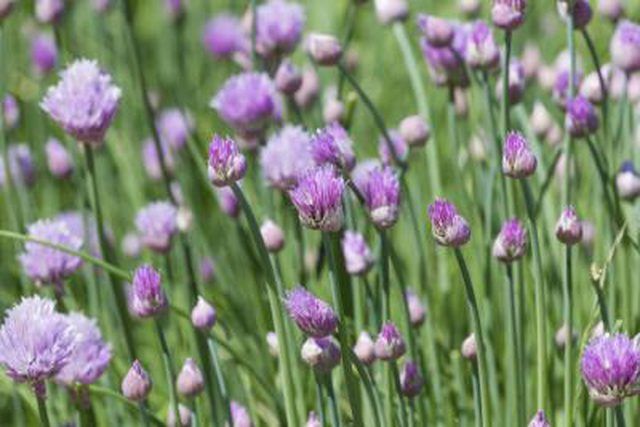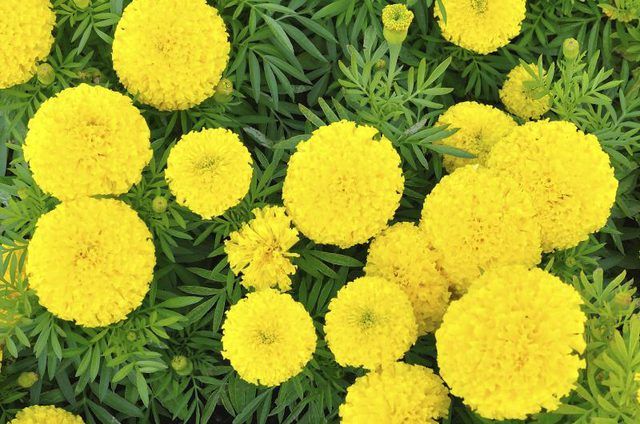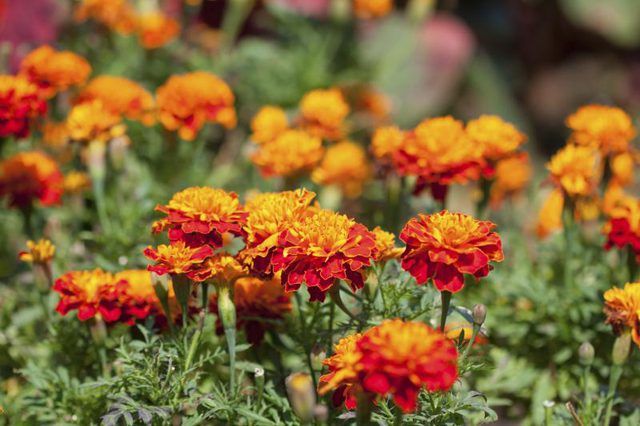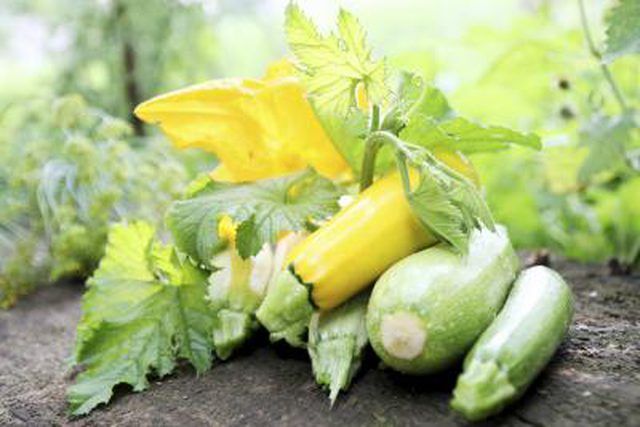Bulbs
Flower Basics
Flower Beds & Specialty Gardens
Flower Garden
Garden Furniture
Garden Gnomes
Garden Seeds
Garden Sheds
Garden Statues
Garden Tools & Supplies
Gardening Basics
Green & Organic
Groundcovers & Vines
Growing Annuals
Growing Basil
Growing Beans
Growing Berries
Growing Blueberries
Growing Cactus
Growing Corn
Growing Cotton
Growing Edibles
Growing Flowers
Growing Garlic
Growing Grapes
Growing Grass
Growing Herbs
Growing Jasmine
Growing Mint
Growing Mushrooms
Orchids
Growing Peanuts
Growing Perennials
Growing Plants
Growing Rosemary
Growing Roses
Growing Strawberries
Growing Sunflowers
Growing Thyme
Growing Tomatoes
Growing Tulips
Growing Vegetables
Herb Basics
Herb Garden
Indoor Growing
Landscaping Basics
Landscaping Patios
Landscaping Plants
Landscaping Shrubs
Landscaping Trees
Landscaping Walks & Pathways
Lawn Basics
Lawn Maintenance
Lawn Mowers
Lawn Ornaments
Lawn Planting
Lawn Tools
Outdoor Growing
Overall Landscape Planning
Pests, Weeds & Problems
Plant Basics
Rock Garden
Rose Garden
Shrubs
Soil
Specialty Gardens
Trees
Vegetable Garden
Yard Maintenance
Plants That Help Keep the Bugs Away
Plants That Help Keep the Bugs Away. With all the garden pests that chomp on leaves, stems and roots, it's nice that some plants fight back. They produce essential oils that make their parts offensive to insect predators. For example, you might want to plant a patch of catnip (Nepeta cataria) even if you haven't got a cat or herbs when you're not...
With all the garden pests that chomp on leaves, stems and roots, it's nice that some plants fight back. They produce essential oils that make their parts offensive to insect predators. For example, you might want to plant a patch of catnip (Nepeta cataria) even if you haven't got a cat or herbs when you're not planning to use them in the kitchen. Some plants even protect other plants. With all plants, crush or brush against foliage for best effects.

The group known as herbs might have insignificant flowers, but they share a remarkable ability to produce essential oils that bugs hate. Their mounds of blue or white flowers make lovely fillers in containers as well as beds and borders. Catnip, which grows in U.S. Department of Agriculture plant hardiness zones 3 through 7, might attract cats, but its pungent minty odor mightily offends and repels the bug world from ants and aphids to mosquitoes and weevils. Chives (Allium schoenoprasum), which grow in USDA zones 4 through 8, offend Japanese beetles and carrot rust flies. Basil (Ocimum basilicum), an annual herb, deters flies and mosquitoes.

Annual herbs and flowers excel in vegetable garden protection. French or African marigolds (Tagetes patula) are favorite border guardians in many vegetable gardens. Nasturtiums (Tropaeolum spp.) offend wooly aphids, whiteflies, squash bugs and cucumber beetles. Don't forget to tuck chives and some garlic (Allium sativum), hardy in USDA zones 4 through 9, in for their repellant as well as savory qualities. Rotate plant families to avoid establishing insect colonies that overwinter from year to year.

Despite repeated fruitless efforts to establish a scientific basis for the theory of companion plantings, folklore persists that some plants make good neighbors. Some express their neighborliness by repelling insects. Garlic repels aphids when planted near roses (Rosa spp.), which grow in USDA zones 2 through 10. Basil improves the taste of tomatoes (Lycopersicon esculentum) and may also repel tomato hornworms. Tansy (Tanacetum haradjanii), hardy in USDA zones 8 through 10 and pennyroyal (Mentha puleguim) may deter ants. Other mints (Mentha spp.), which grow in USDA zones 4 through 10, depending on species, may repel cabbage moths when paired with broccoli (Brassica oleracea) and other plants in the cabbage family. Alternately, use "trap" plants that draw bugs from other plants. For example, annual squashes (Curcubita spp.) protect cucumbers (Cucumis sativus) against pickleworms.
